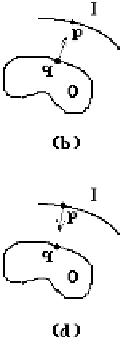Graphics Reference
In-Depth Information
Figure 9.15.
Texture mappings with interme-
diate surfaces.
Some intermediate surfaces that have been used are planes, the surface of boxes,
spheres, and cylinders. Using intermediate surfaces that reflect the shape of the target
surface rather than always using a square or the sphere is what avoids some of the
distortion. Bier and Sloan refer to this approach as “shrink wrapping” a pre-distorted
surface onto an object. One could of course eliminate all distortion by letting the
intermediate surface be the target surface; however, the latter was presumably too
complicated to have defined the texture on it directly. One has to walk a fine line
between having relatively simple intermediate surfaces and minimizing distortion.
Furthermore, the map m or m
-1
should not be too complicated.
One way to avoid the problems associated with texture maps that we mentioned
above is to use three-dimensional texture maps. Specifically, we assign a texture
T(x,y,z) to each world point (x,y,z). Then for each point
p
of an object in world co-
ordinates we would simply use the texture T(
p
). In this way textures can be mapped
in a nice continuous way onto objects and we have solved one of the main problems
of two-dimensional texture maps. Of course, we need to be able to define such a map
T(
p
). A table of values would now take up a prohibitive amount of space so that a
procedural definition would be called for, but that is not always easy to find.
Aliasing can be problem with texture. The most common solution is to use mip-
maps.
Mip-mapping
was developed by Williams ([Will83]) specifically for textures.
Instead of a single texture, one precomputes a sequence, each successor being half
the resolution of the previous one. One selects the texture for a region of an object
based on its distance from the viewer to get the level of detail correct. For a more
thorough description the reader can also see [WatW92] or [WatP98].
9.7
Environment Mappings
An
environment mapping
starts with a predefined picture on some closed surface that
surrounds the entire world of objects and then maps this picture onto the objects. The
difference between this and texture mappings is that the picture is mapped in a view-



